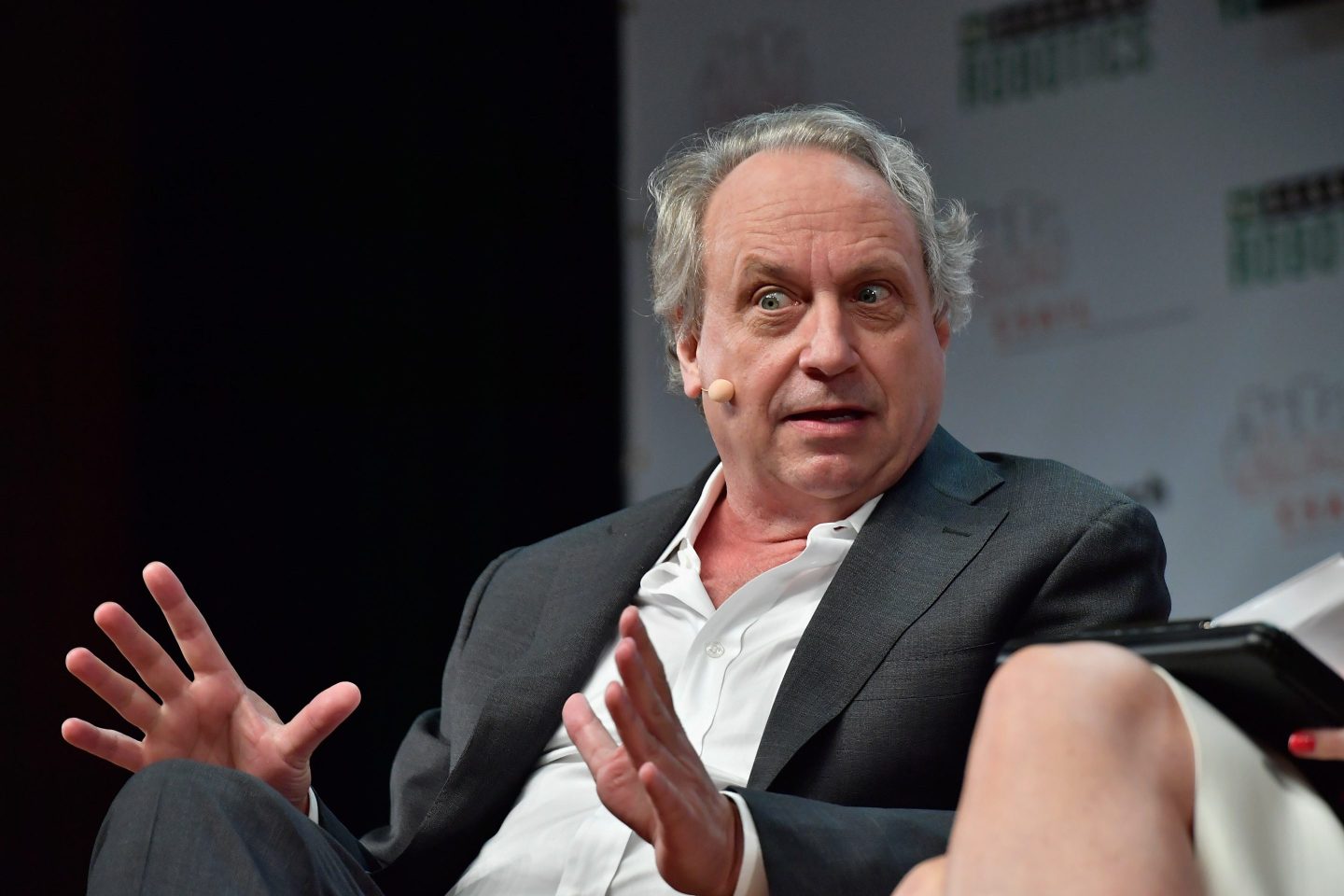If a company wants to reduce its headcount, there are several levers it can pull. It could freeze hiring in order not to grow any further, or when people leave the business, their roles may not be filled. In 2025, there’s another option: Use AI to replace some of the roles managers would have otherwise recruited for.
According to the Fed’s latest Beige Book, businesses are doing all of the above (and more) to try to avoid announcing mass layoffs.
The result is that consumers are feeling less optimistic about their career options, without seeing their reality reflected in headlines about major job cuts. According to the Conference Board’s latest Consumer Confidence survey out this week, 27.6% of respondents said jobs were “plentiful,” which was down from 28.6% a month prior. The number of people saying jobs were “hard to get” stayed relatively flat month to month.
The Fed’s Beige Book for November lays bare the “low-hire, low-fire” economy which Chairman Jerome Powell highlighted months ago. “Employment declined slightly over the current period,” the report said, with around half of the Fed districts noting weaker labor demand.
“More districts reported contacts limiting headcounts using hiring freezes, replacement-only hiring, and attrition than through layoffs,” the Beige Book added. “In addition, several employers adjusted hours worked to accommodate higher or lower than expected business volume instead of adjusting the number of employees. A few firms noted that artificial intelligence replaced entry-level positions or made existing workers productive enough to curb new hiring.”
One example from the report was a retailer in the district of St. Louis, which reported it had experienced lower sales and, as such, had ordered less inventory to see them through the rest of the year. In order not to axe team members, the business slashed the hours staff were scheduled for.
Across the board, many districts also noted a pullback in consumer spending. For example, restaurant regulars who used to come in daily are now coming in once or twice a week, and returning customers are trading down on their purchases.
In tandem, many businesses “indicated that the composition of their workforce remains stable, with no need to raise wages beyond standard cost-of-living adjustments for either new or existing employees. Business leaders broadly expect employment to hold steady and expect hiring to pick up in 2026,” chimed in the Federal Reserve Bank of Kansas City.
Brighter days ahead
The good news is (particularly for younger workers who have struggled to get into the jobs market) the outlook for 2026 is optimistic.
With the Fed expected to take a more dovish route next year, courtesy of a new chairman, analysts are hoping business activity will ramp up—and with it, the labor market to become more dynamic.
“After cooling gradually in 2025, we expect the labor market will stabilize and show signs of retightening over the course of the year. The unemployment rate should dip to 4.4% after reaching 4.5% this year,” Deutsche Bank’s Matthew Luzzetti and his team wrote in the institution’s World Outlook for 2026, released earlier this week.
“We expect demand and hiring to firm somewhat alongside growth,” the note added. “But, in the near term at least, risks remain that the ‘curious’ equilibrium of low hiring and firing breaks with layoffs picking up in a more sinister way.”
Indeed, Oxford Economics’ Bob Schwartz argued Friday that September’s better-than-expected jobs report shows a “labor market that had more muscle beneath the surface” than previously believed.
The much-anticipated jobs report came in with 119,000 roles added and a stable unemployment rate of 4.4, with Schwartz echoing a broader belief that much of the growth has come from spending by high-earners, reinforcing current thinking about the U.S. being in a K-shaped economy.
Discretionary spending from higher-income households is still doing the “heavy lifting,” he added, “but with stocks wobbling, that support isn’t guaranteed. In the end, September’s report doesn’t settle the debate—it just underscores how narrow and noisy.”













